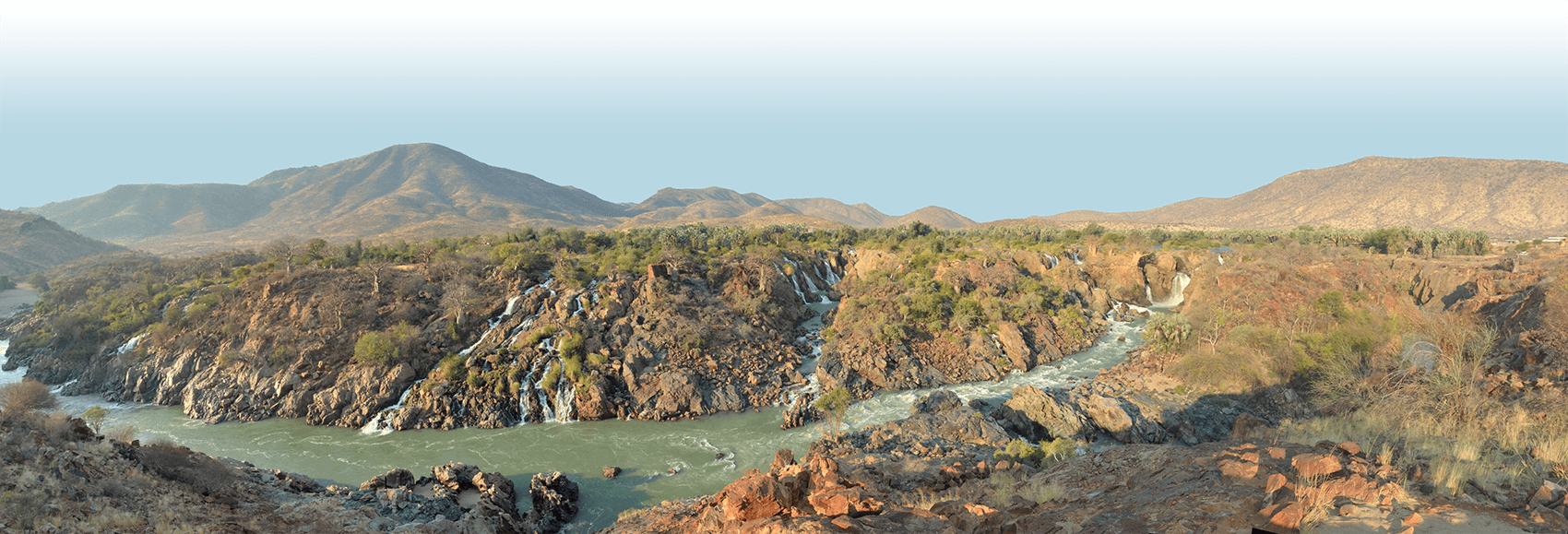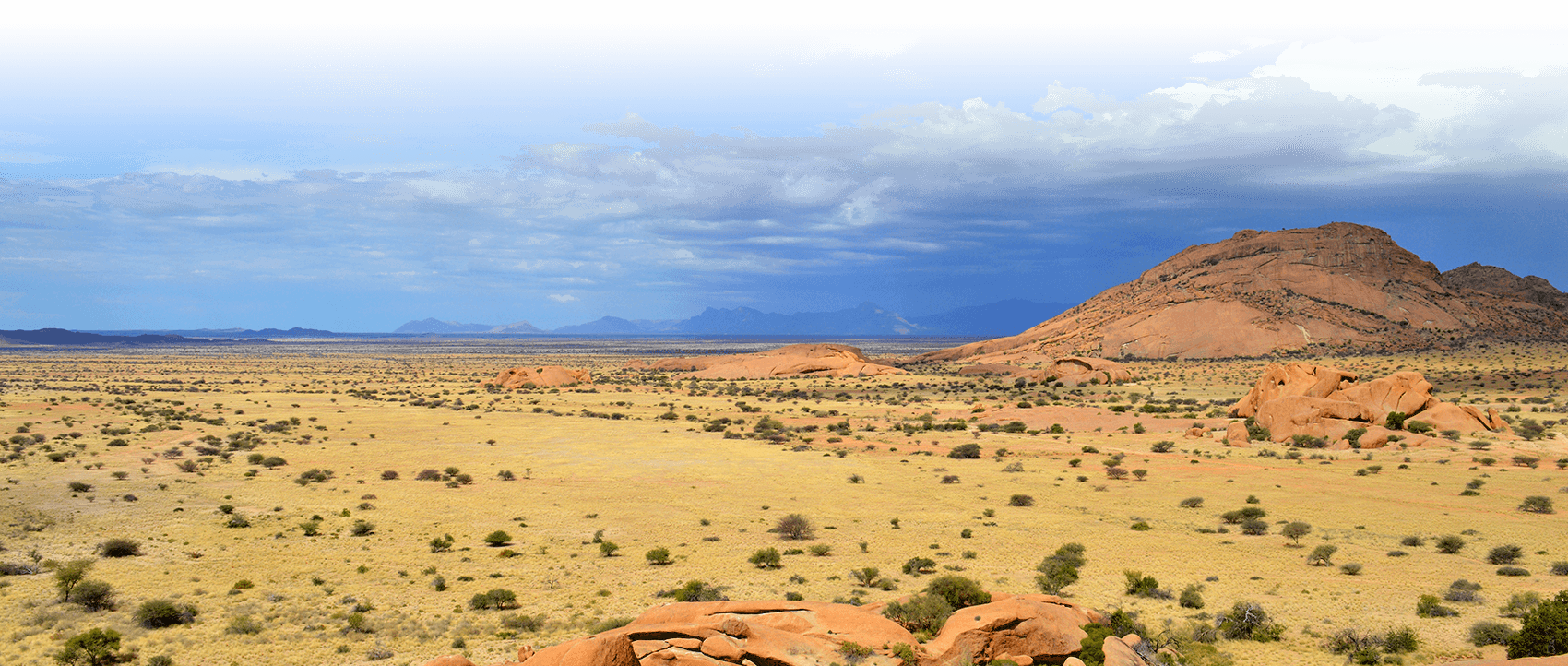Travel Information
Learn more about Namibia and travelling to Namibia
Facts about Namibia
Location: Southern Africa, bordering the South Atlantic Ocean between Angola and South Africa.
Namibia is the second least densely populated country on earth, after Mongolia which is also a vast country, there are just over two million people living in Namibia.
Namibia has the largest free roaming Cheetah population on earth, estimated to be between 2500 – 3000. Lions and leopards are also indigenous cats in Namibia.
Population: 2.3 Million and an annual population growth of about 3%.
- Density: 2.2 per km2
- Official language: English
- Regions: 14
- Ethnic Cultures: 13
- Language spoken: 16
Geographic Coordinates:
- 22 00 S, 17 00 E
Area:
- Total: 824’292 sq km
- Land: 823’290 sq km
- Water: 1002 sq km
- Coastline: 1572 km
Elevation extremes:
- Lowest point; Atlantic Ocean 0 m
- Highest point: Brandberg mountain 2’606 m
Natural Resources: Diamonds, Gold, Silver, Magnesium, Copper, Uranium, Lithium, Zinc, Lead, Cadmium, Tin, Salt, dimension stones (granite. Marble. Blue Sodalite) and many semi-precious stones.
Used land:
- Agricultural land: 46%
- Forest: 8.8%
- Others: 44%
Climate:
Winter months, are typical mild to warm, but dawn temperatures may drop to freezing, therefore a warmer jacket and a long trousers are essential. Along the coast it can be very cold and windy, sometime foggy.
Summer months, Cotton clothes which is cooler then synthetic material is recommended for the Namibian summer and can be purchased in Safari shops in Windhoek. The rainy season lasts from October to April and the rest of the year is dry and cloudless. Namibia averages 300 days of sunshine a year.
Time Zones:
Summer Time: From the 1st Sunday in September to the 1st Sunday in April – two hour ahead of Greenwich (GMT)
Winter Time: From the 1st Sunday in April to the 1st Sunday in September – one hour ahead of Greenwich (GMT)







